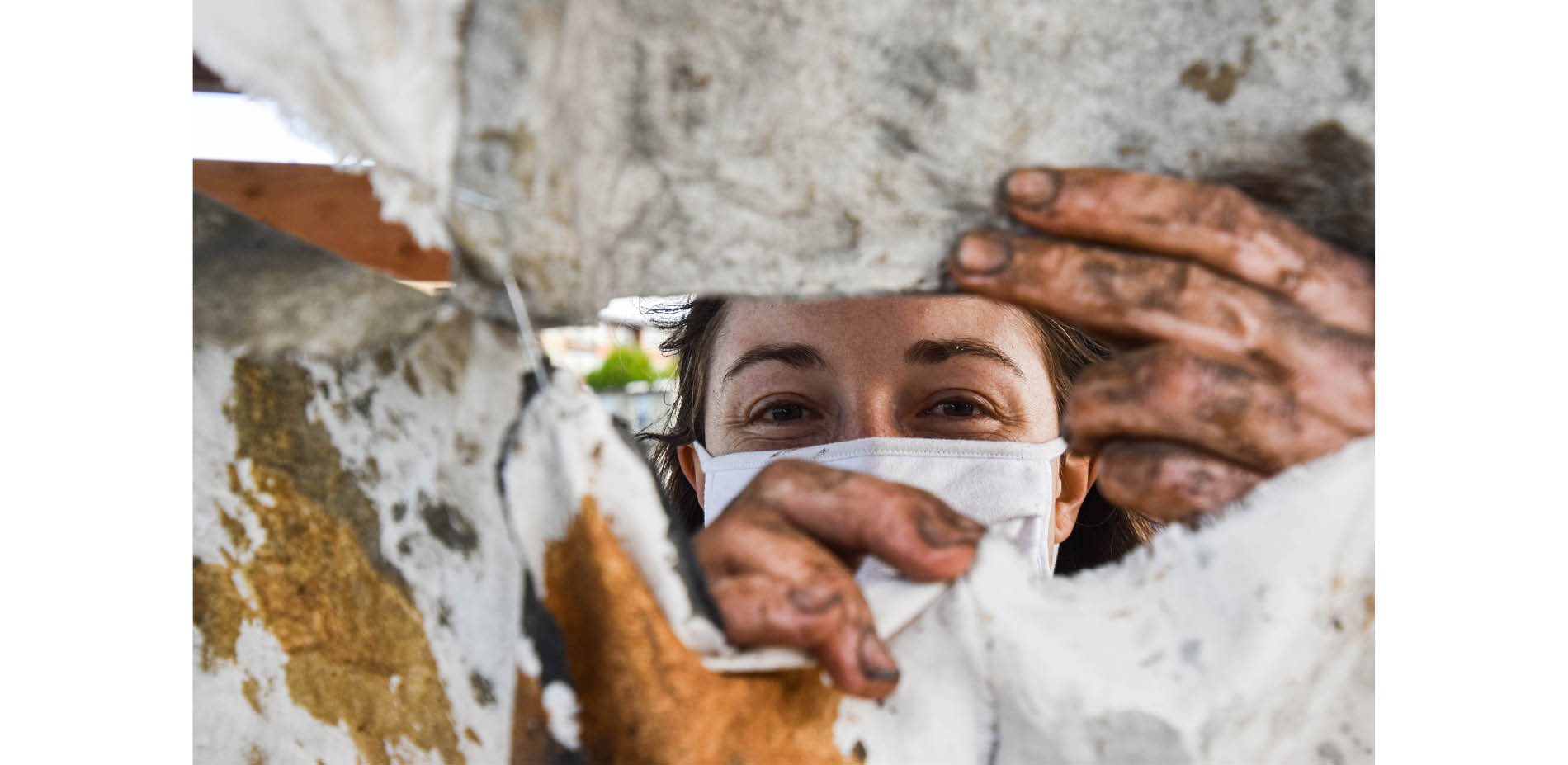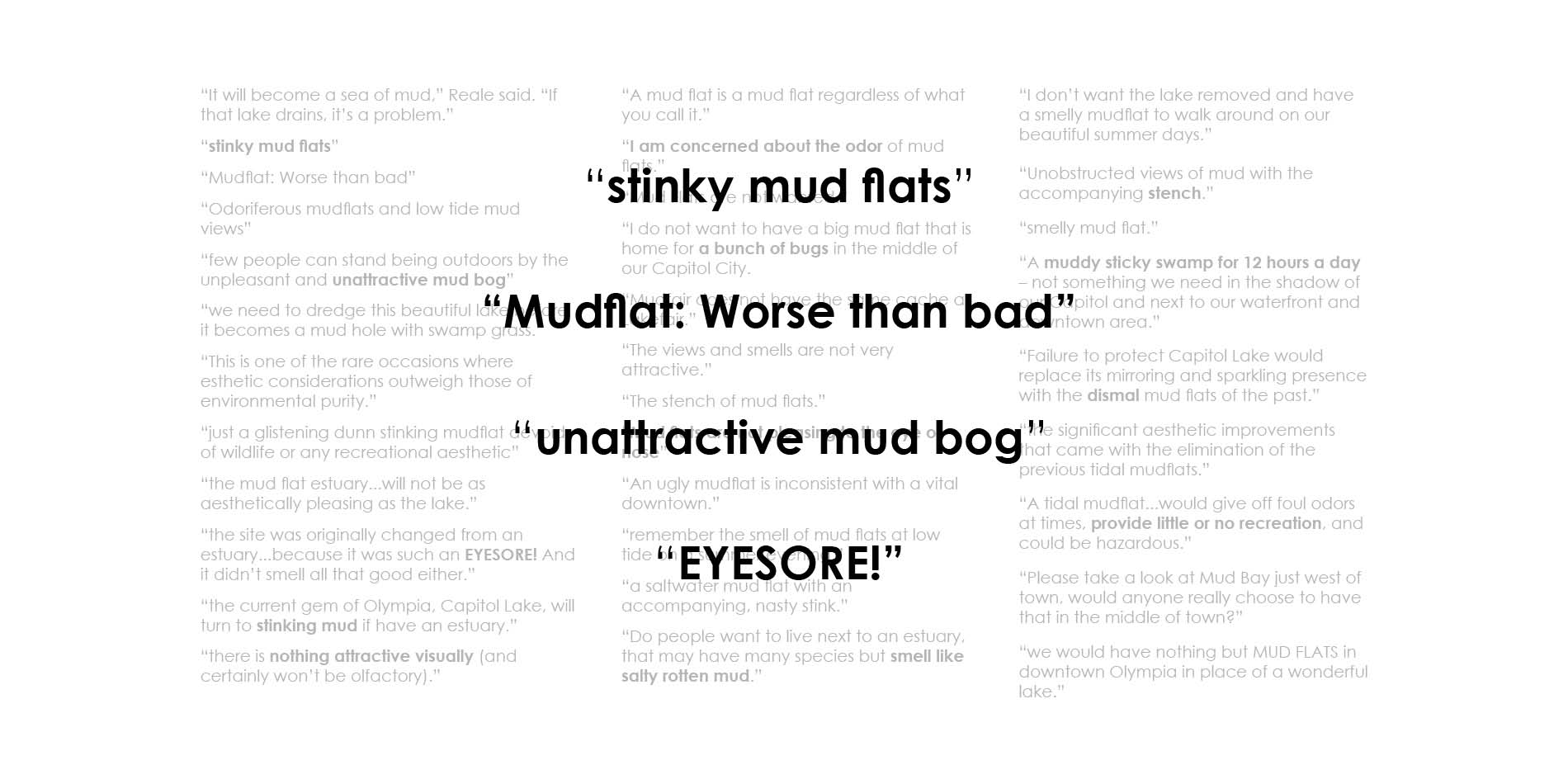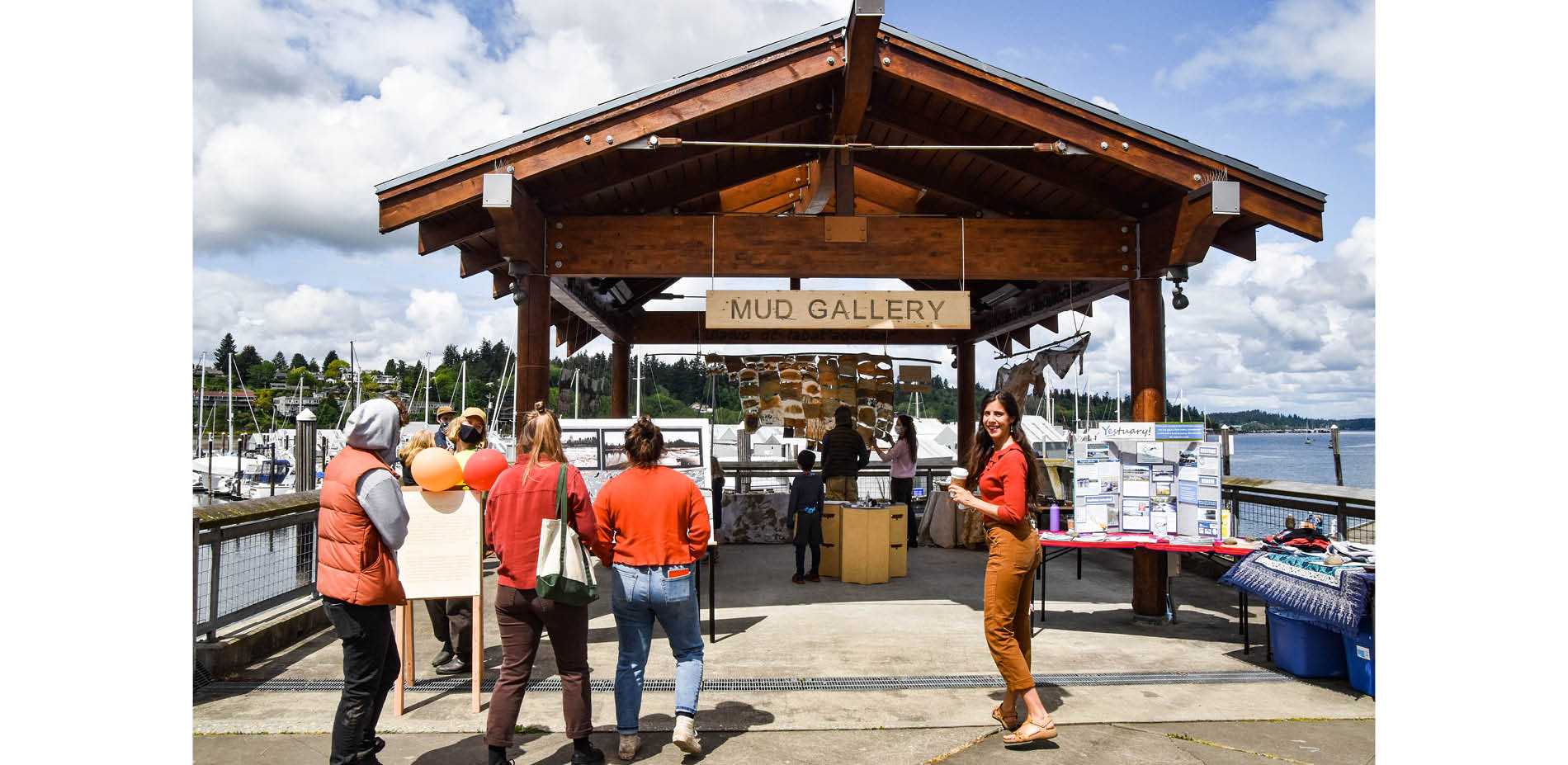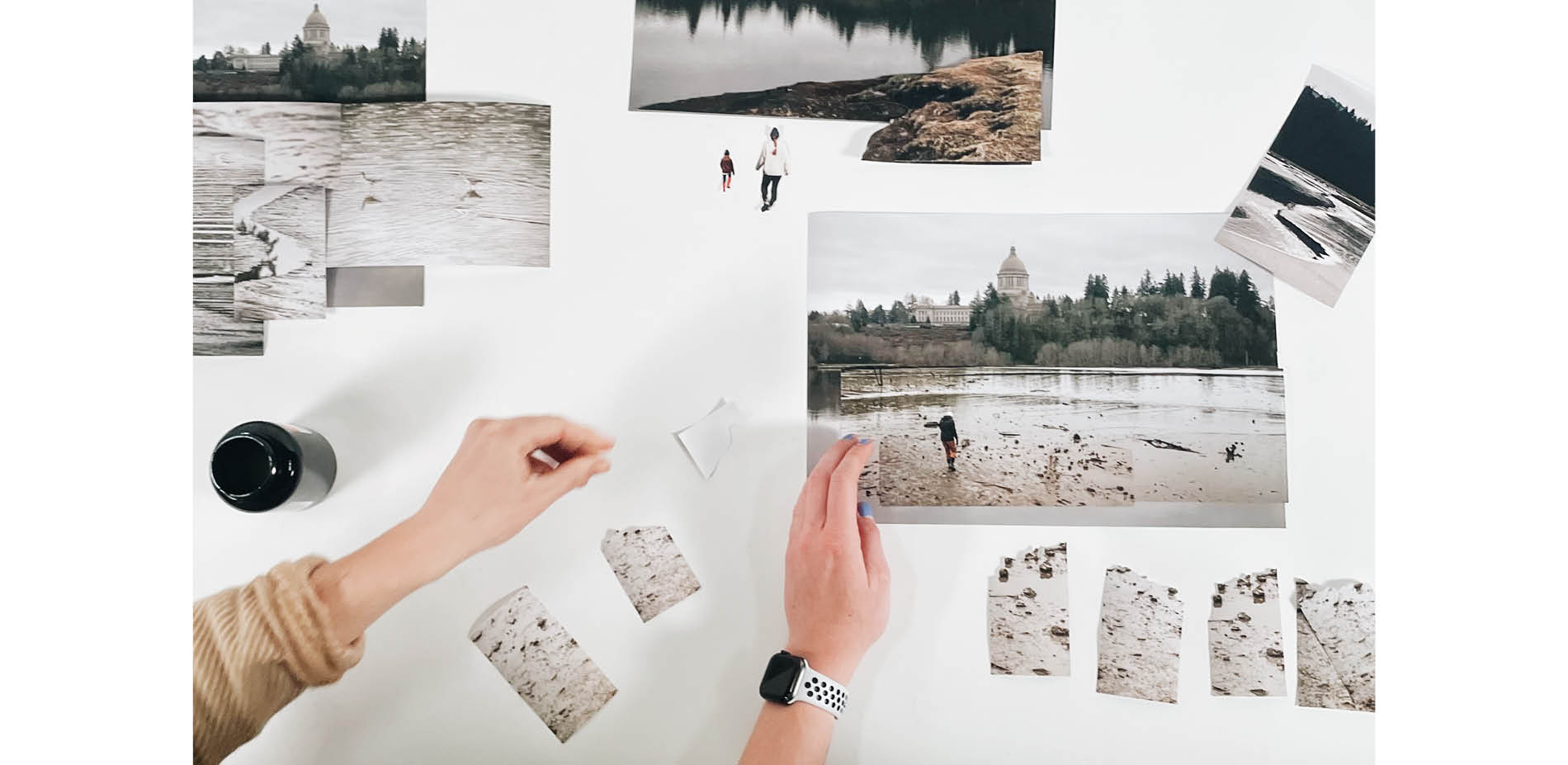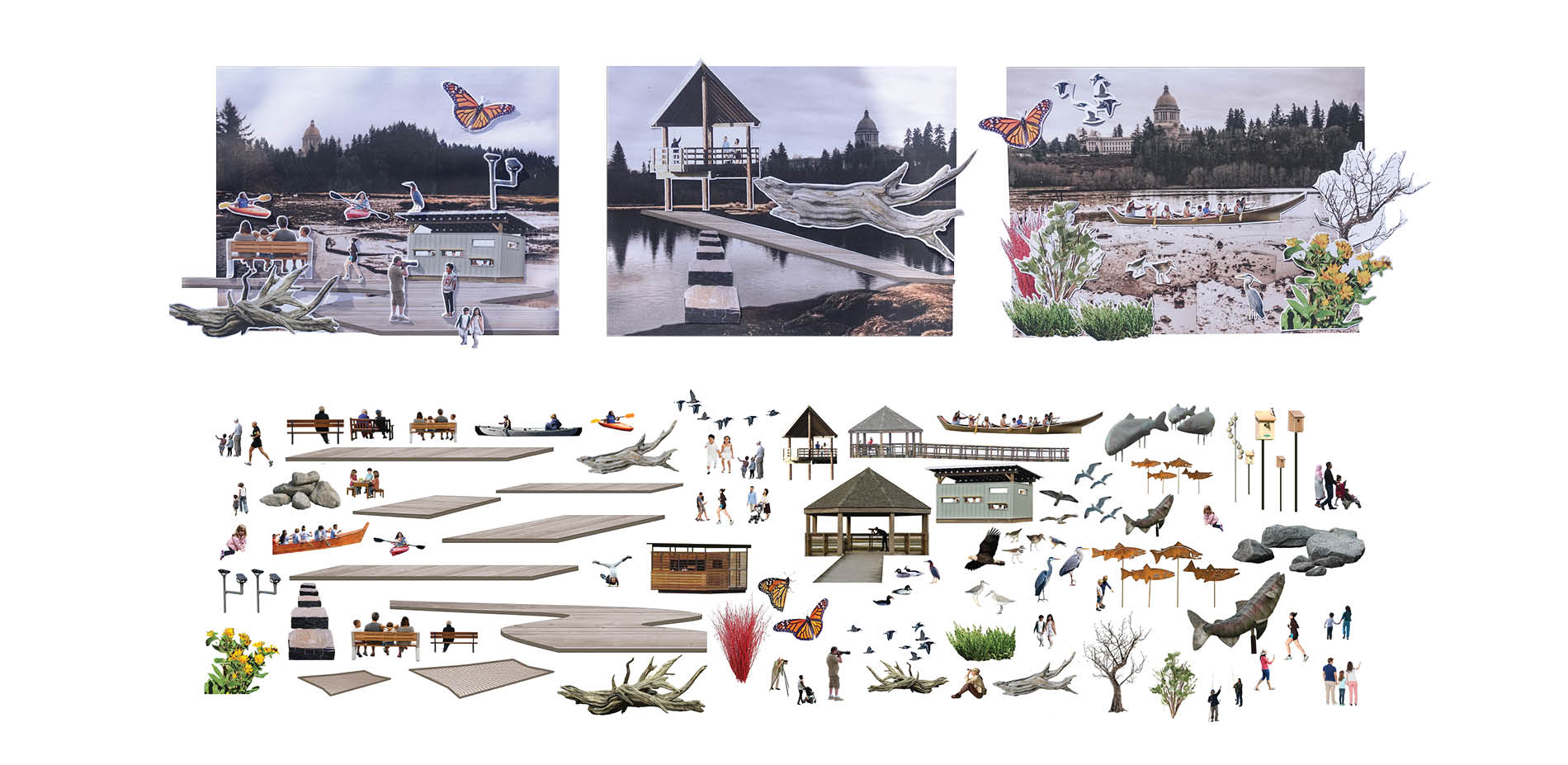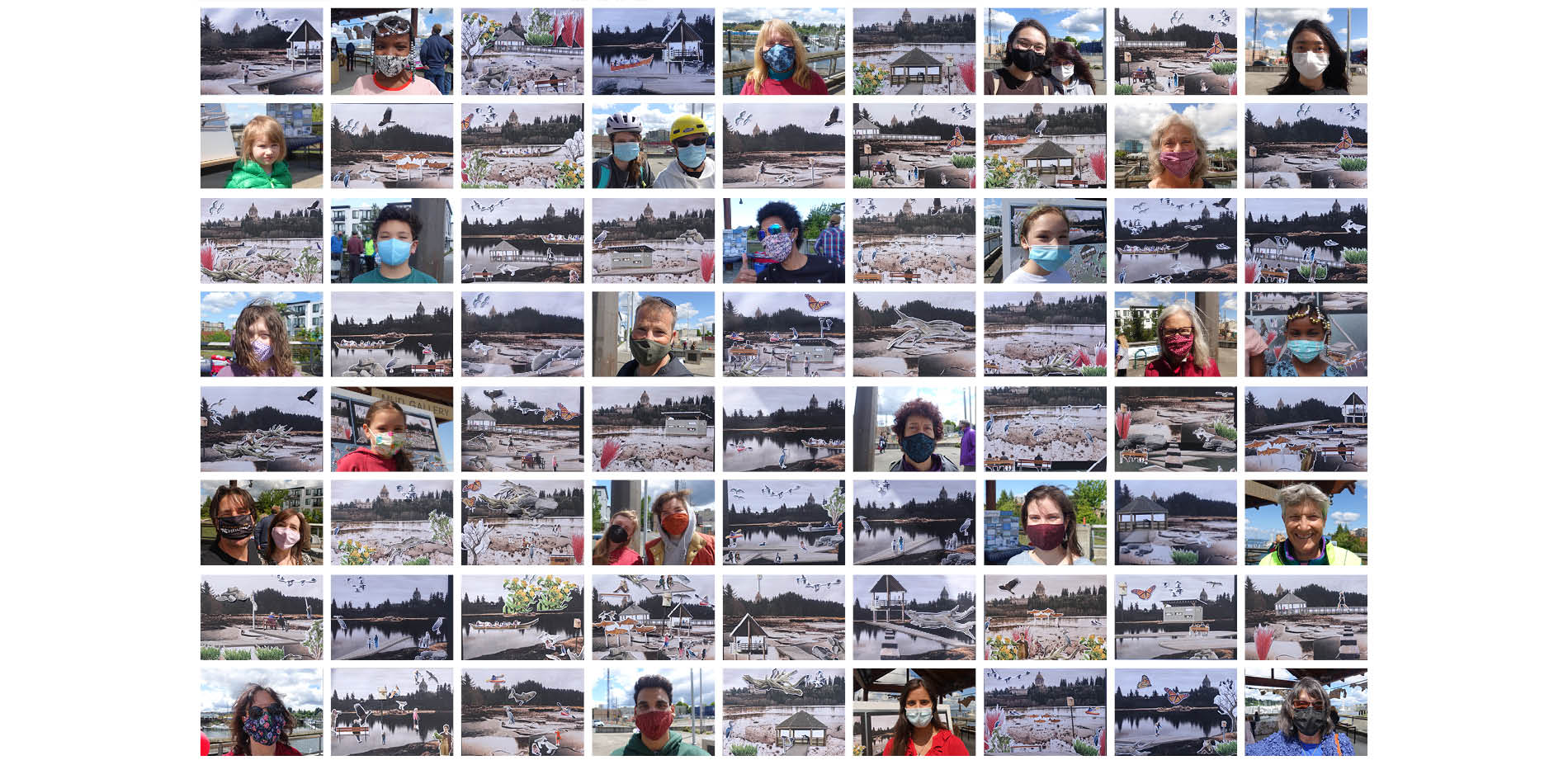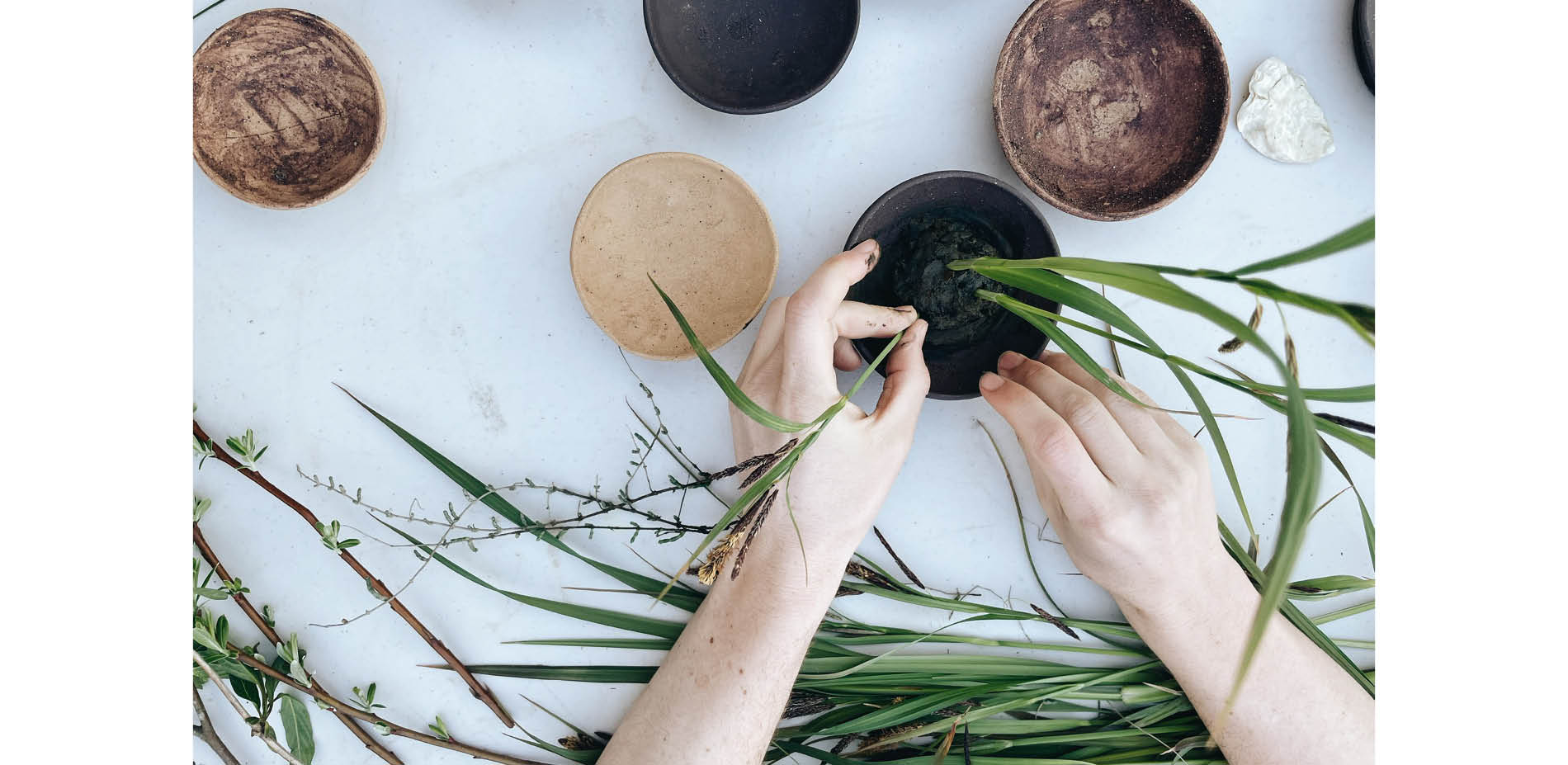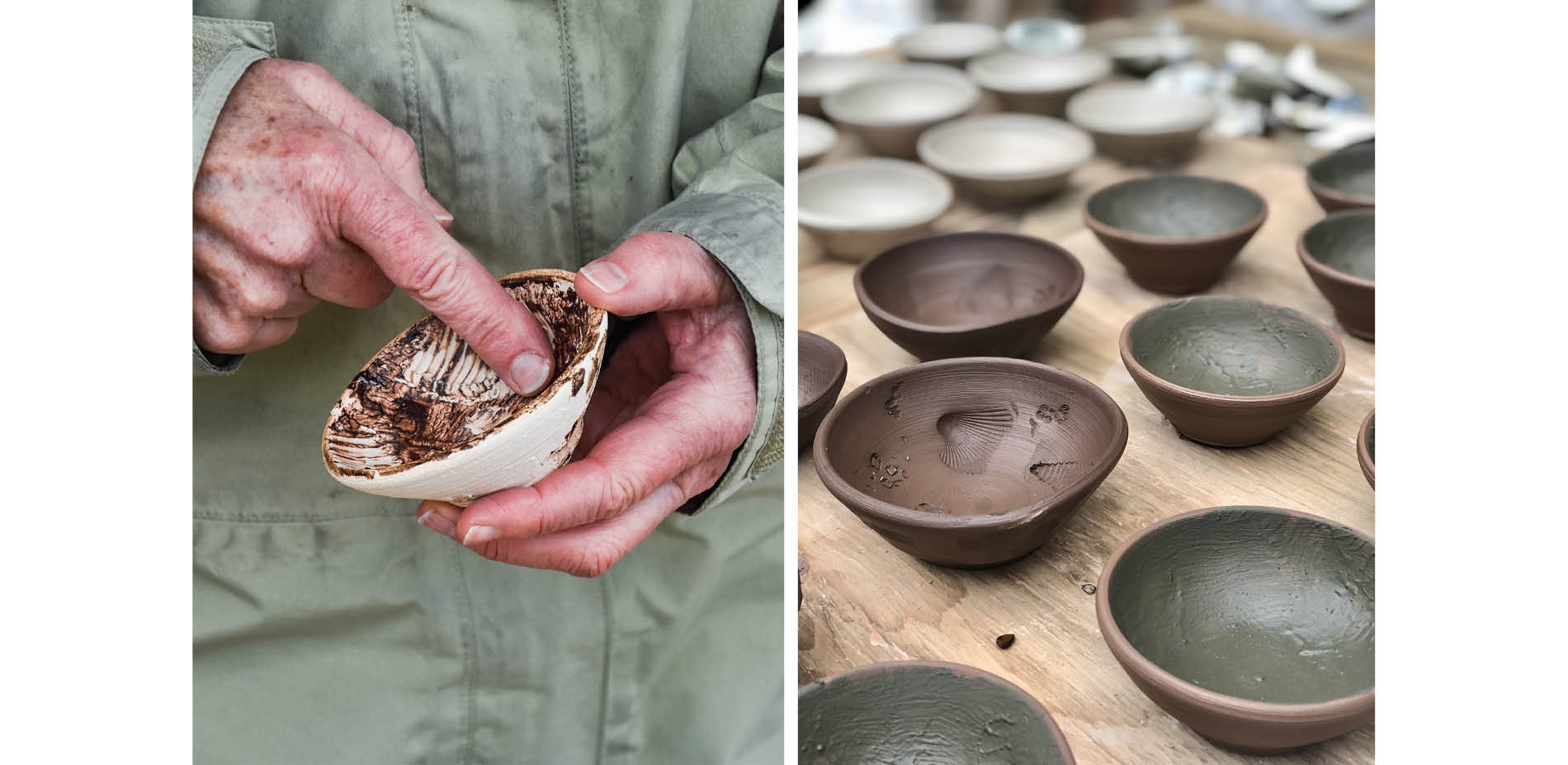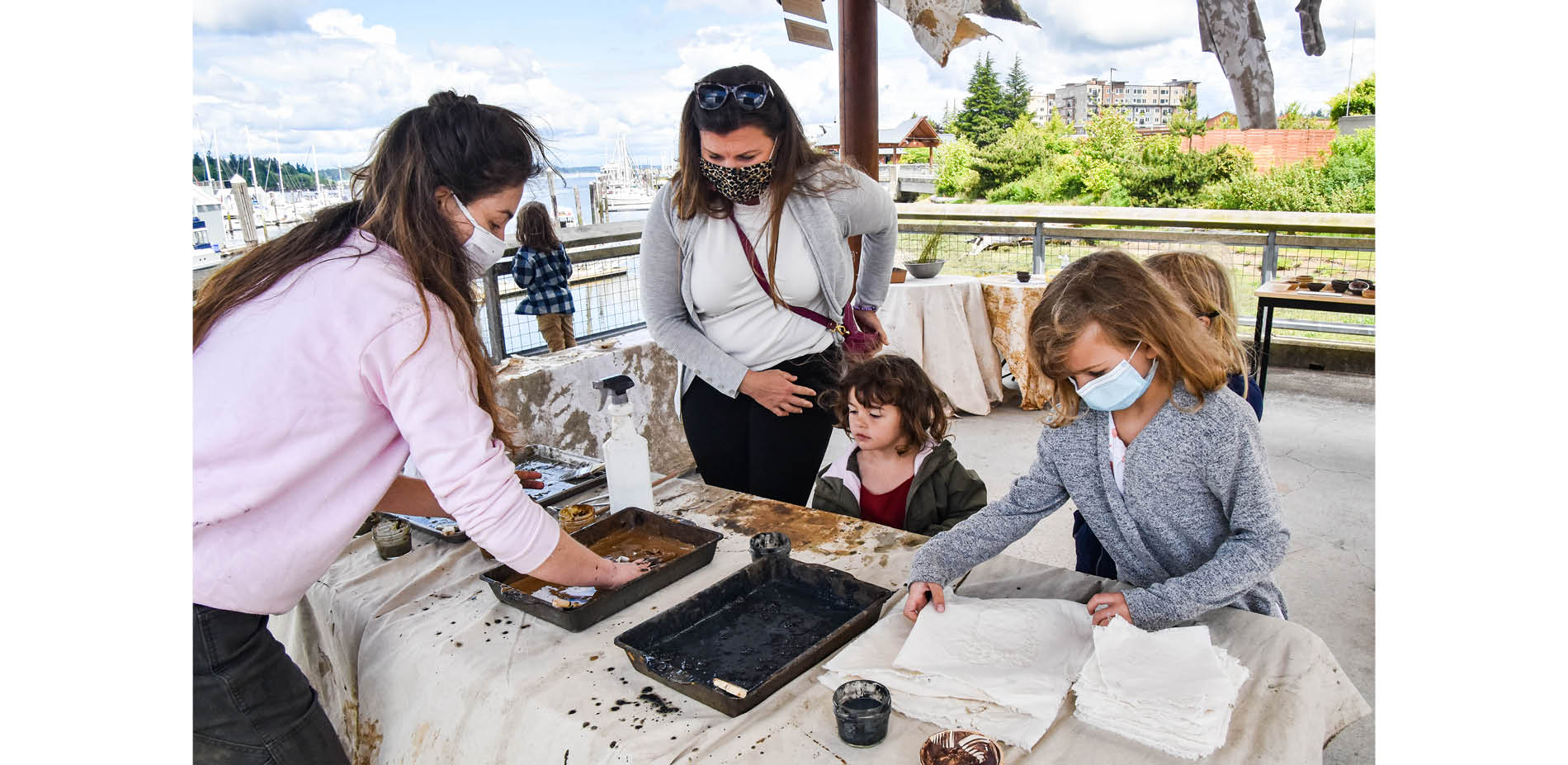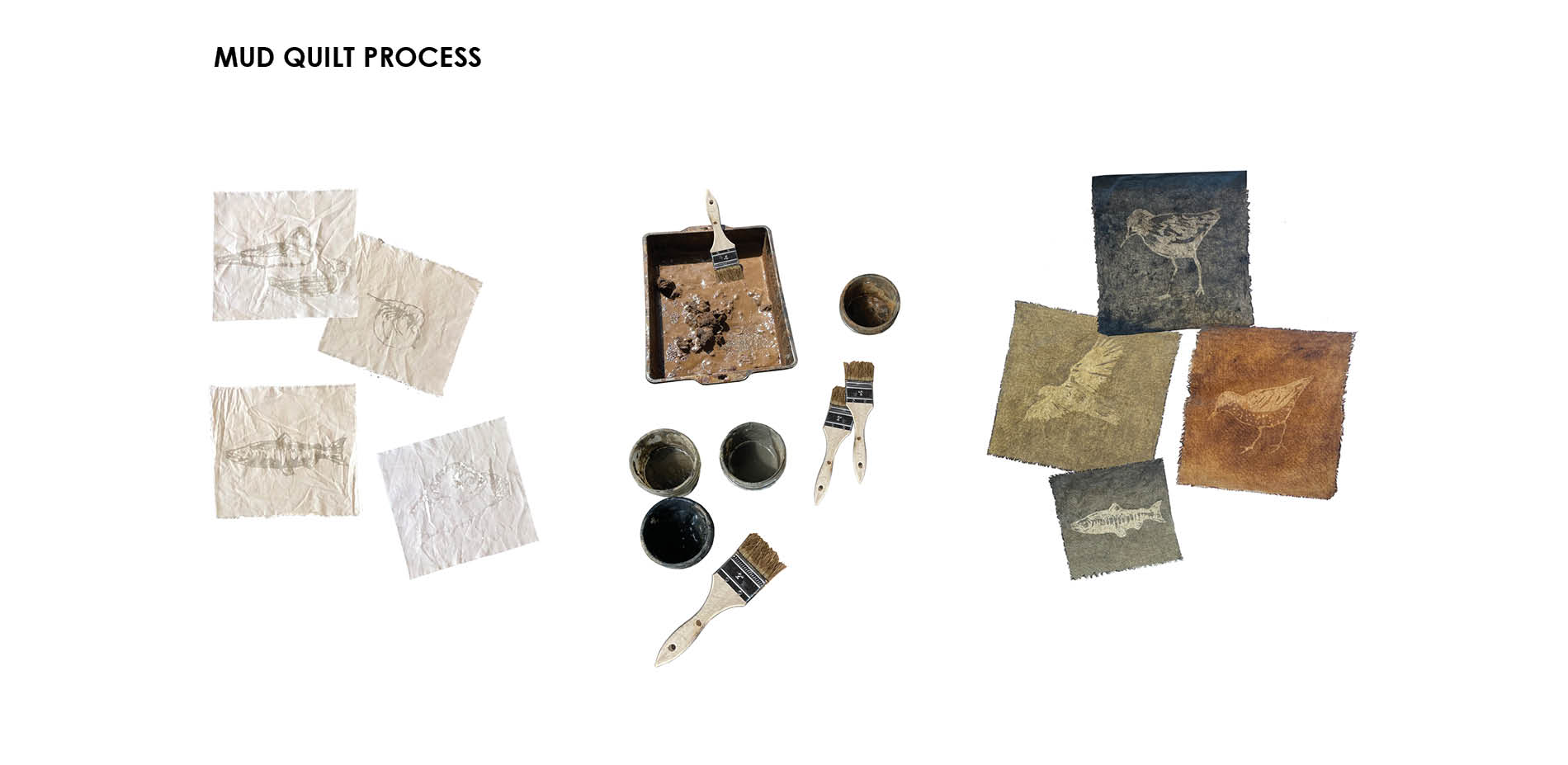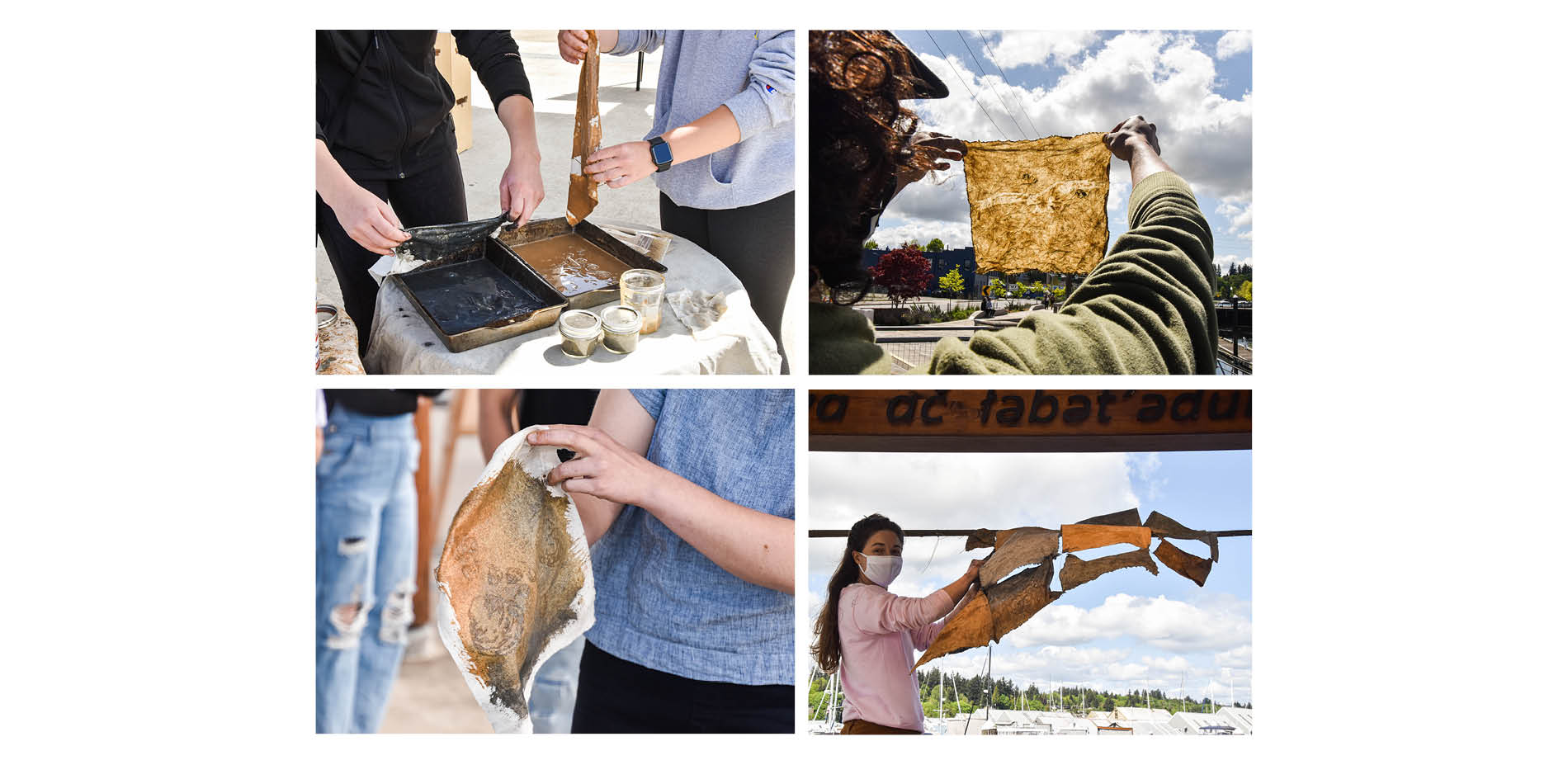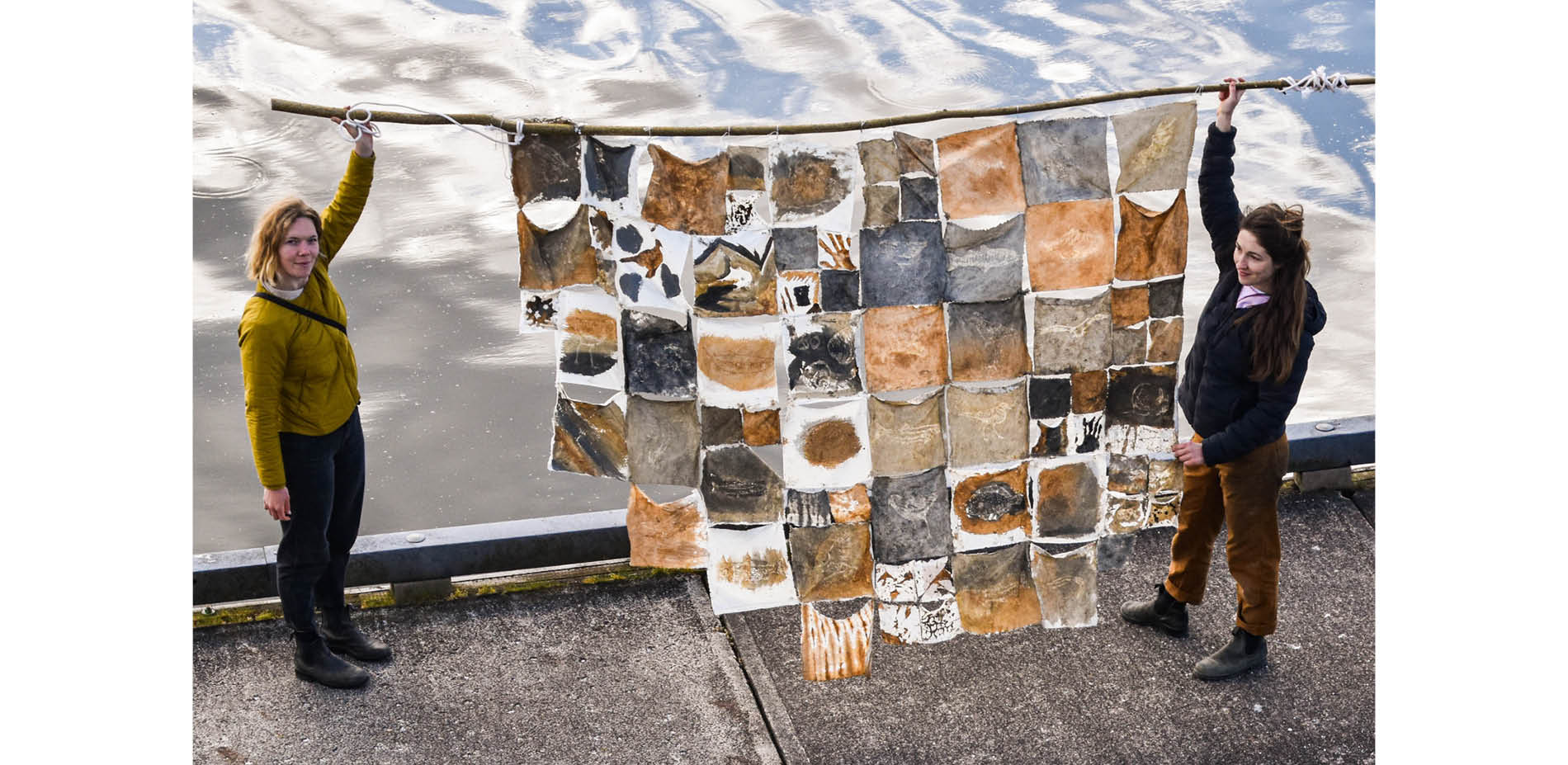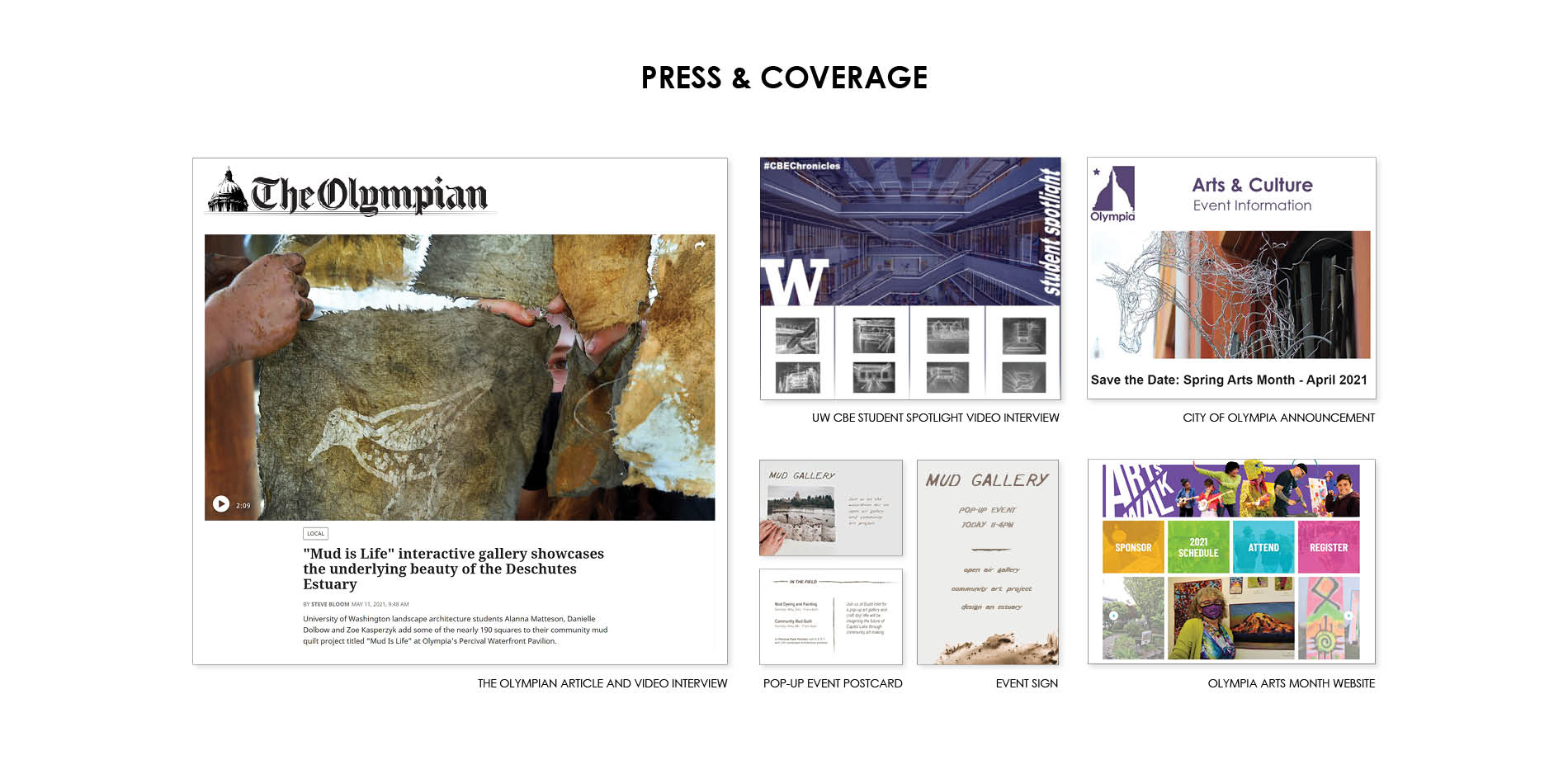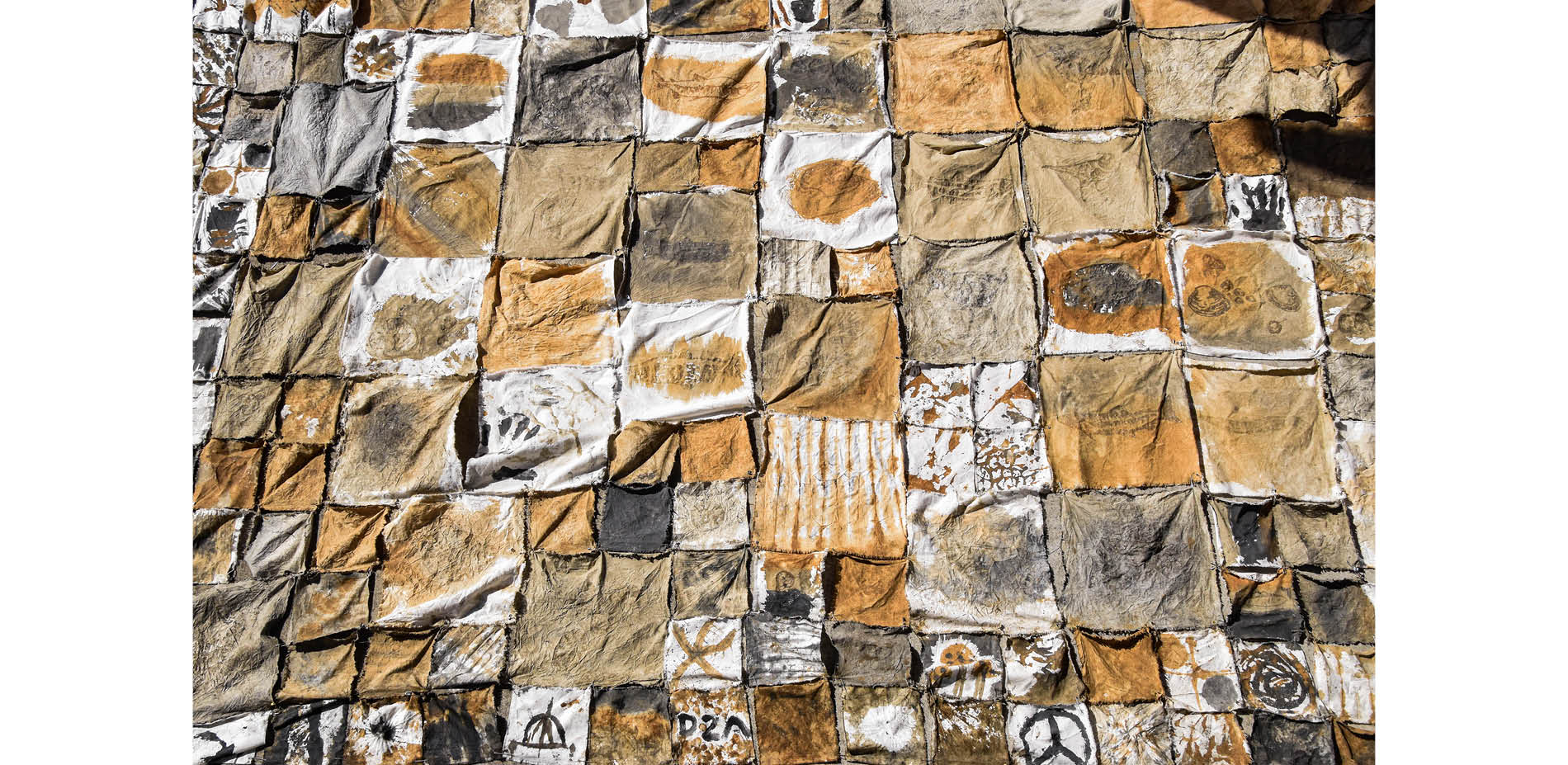Mud Gallery
Award of Excellence
Communications
Olympia, Washington, United States
Alanna Matteson, Student ASLA; Zoe Kasperzyk; Danielle Dolbow
Faculty Advisors: Ken Yocom, ASLA; Jeff Hou, ASLA
University of Washington
This is a really unique engagement project about changing perspectives on mud. How do you make people appreciate this valuable natural resource? This project took an out-of-the-box approach to community engagement and ran the gamut of what you can do with mud, and ended up with multiple types of communications around the issue: community engagement, getting the word out, building the press kit, and the different communications pieces they created, like the postcard. It’s multileveled, unique, and tactile.
- 2021 Awards Jury
Project Credits
Deschutes Estuary Restoration Team
Advocacy Organization
Matthew Karas
South Sound Healthy Watershed Program Coordinator
Sue Patnude
Executive Director
Project Statement
Mud Gallery is the outcome of a year-long group capstone project that celebrates the beauty and life that could return to the waters of the Washington State Capitol with the restoration of the Deschutes Estuary. Currently the biggest obstacles to restoring the Deschutes Estuary are public perceptions of mud and concerns about the odor and appearance of the estuary at low tide. Mud Gallery takes a year’s worth of our own mud-centered art explorations and transforms them into novel community outreach methods designed to engage the public imagination and get people excited about the mud of a restored Deschutes Estuary.
Project Narrative
Capitol Lake is a man-made reservoir located in Olympia, Washington. It was formed in 1951 when the Army Corps of Engineers dammed the Deschutes River where it flowed into Budd Inlet. The goal was to create a freshwater recreational amenity and a permanent body of water to reflect the State Capitol Building. The dam achieved these goals while effectively destroying a functioning estuary, displacing an informal settlement, and inundating the ancestral tidelands of the Squaxin Island Tribe. Over the years, the Deschutes River filled the reservoir with sediment. The water quality deteriorated until finally it fell below state and federal regulatory standards, prompting an environmental impact statement to evaluate management alternatives.
Since 2018, we have been participating in the community sounding board that is reviewing the EIS process. These meetings are often tense, as the community is strongly divided over whether to continue maintaining Capitol Lake under a dredging regime or to restore the Deschutes Estuary. Those who are opposed to estuary restoration are concerned about the aesthetics of the tidal mudflats that would be revealed twice a day at low tide.
In the past, most advocacy work has focused on the ecological benefits of a restored Deschutes Estuary. However, it has not addressed community members’ anxiety about the odor and appearance of mudflats. With our experience in design-thinking and place-based aesthetics, we saw an opportunity to complement the work of local advocacy groups by focusing on public perceptions of mud.
We found the perfect partner in the Deschutes Estuary Restoration Team (DERT), a non-profit organization that has been advocating for the restoration of the Deschutes Estuary for over a decade. By engaging the public through art and design we were able to support and amplify DERT’s science-based advocacy work. Together we hosted a gallery exhibit and two public outreach events in an outdoor pavilion. We prioritized community health through a range of COVID-19 safety protocols including arranging the space to accommodate social distancing, providing masks and sanitizer, and choosing a breezy seaside venue.
Each outreach method began as a group art exploration and developed into an activity that we could share with the community. By centering playfulness in our methods, we were able to avoid some of the tension that has hindered productive community dialogue around estuary restoration in the past.
Our first outreach method began as a collaging exercise. Together, with scissors and glue, we took photos of estuaries around the South Salish Sea and collaged them over photos of Capitol Lake to show tidal changes and a range of possible ecosystem shifts. The joy of collaging together inspired our “Design An Estuary” magnet board activity. Using our estuary collages as a backdrop, we invited the public to add people, plants, animals, and design features using magnets we created. By inviting community members to be designers, we provided them with an opportunity to imagine an estuary that they had a stake in and would enjoy visiting one day.
A second outreach method involved collecting mud, plants, and shells from nearby estuaries and incorporating them into display pieces that people would recognize as elegant and desirable. In collaboration with a local potter, we created a series of mud-glazed and shell pressed bowls. We then filled these bowls with minimalist arrangements that highlighted the relationship between mud and saltmarsh plant species. At our outreach event, we invited each visitor to take a bowl home with them to remind them that mud is a gift.
A third outreach method was based on a series of mud dyeing explorations. Variations of mud dyeing have been used for thousands of years by the Coast Salish People, native to this region. Our own explorations included both premeditated experiments as well as the occasional unintentional sock plunge that occurred while squelching around local mudflats. These forays prepared us to host a community mud quilt activity in which we invited people to paint or dip fabric squares in mud in order to reveal animals that could return with a restored estuary. Prior to the event we drew a variety of species on the fabric squares using a clear glue resist. Without mud, you are not able to see the species; with mud, life appears. Not every square contained an animal, and community members were encouraged to add their own expressions to the patchwork. We pinned these squares together in real time at our outreach event. In addition to teaching people about the life that mud supports, this activity provided community members with the opportunity to interact with mud and to see evidence of others doing the same. At the end of two outreach events, the community mud quilt had close to 200 squares!
Our intention for this group capstone project was to spend a year doing something helpful and to play in the process. In the end, play was central to the effectiveness of our outreach methods. By carrying an element of playfulness from exploration to outreach, we were able to ease tension around a controversial topic and encourage community members of all different ages and walks of life to touch the mud together and imagine new ways of relating to it. Olympians responded enthusiastically. The local newspaper ran a story. People came back the second weekend to see their squares on display in the mud quilt. A local gallery asked to stock the mud bowls. We had not intended for this to be a fundraising event, yet we helped to raise over $300 in donations for DERT. Moving forward, DERT will be able to continue using the outreach materials we developed for their advocacy work in the weeks leading up to and following the release of the EIS this summer.
As landscape architecture students, we often ask ourselves how we can address social and environmental issues through design. This year we found that our greatest strength lay in collaboration. Rather than attempting to solve a long-standing issue by ourselves in a matter of months, we were able to support a well-established advocacy organization with an infusion of playfulness and design thinking at a critical moment in their campaign. While DERT rationalized the need for estuary restoration, we invited people to form their own relationship with mud, as well as to see themselves as active stakeholders in a community design process. Working together and implementing a variety of outreach methods enabled us to engage a wider audience than would have otherwise been possible.
